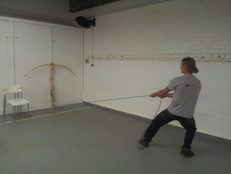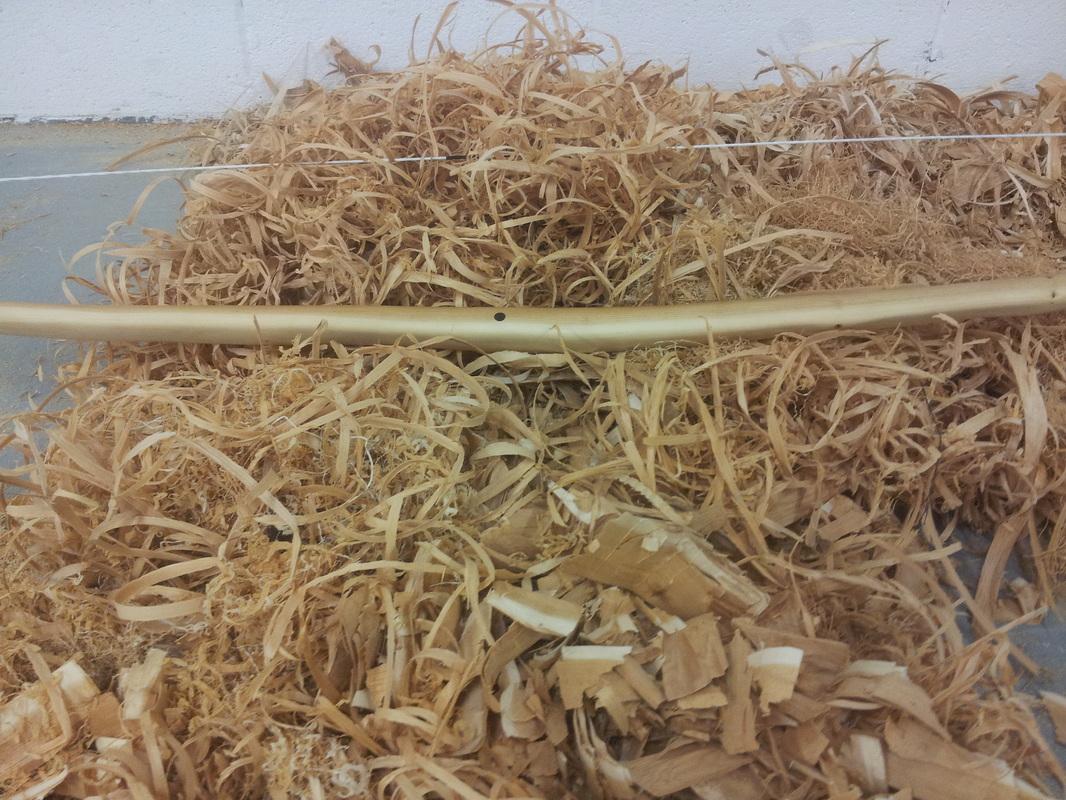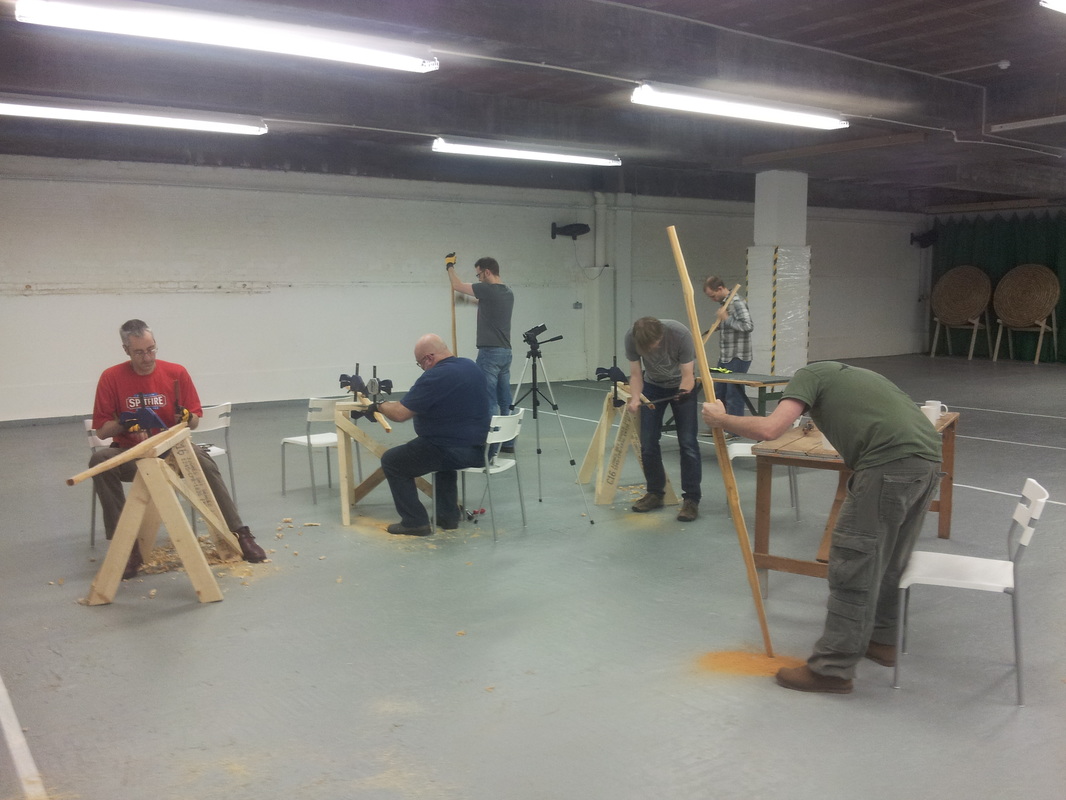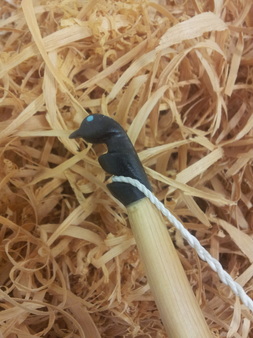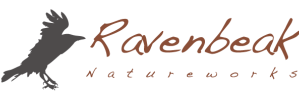UK Longbow Workshop
|
Join master bowyer Jamie MacDonald for 4 days and learn the ancient art of building a traditional yew longbow.
This 4 day workshop includes:
9am-5pm daily |
Poulton Hall, Birkenhead, UK:
April 20-23: 1 spot left South Cerney Outdoor, UK: April 27-30: 2 spots left May 4-7: 2 spots left |
Course DetailsTuition
Course Fee: $1250 Deposit of $200. Balance due two months before start date. Select a yew wood stave These staves are harvested with respect from local forests. Ideal trees split near the base and create multiple leaders. This allows a leader to be harvested without killing the whole tree. These often have one side that are clear from branches, which means less knots to work around. Branches are also harvested if the tree is large enough. Every stave offered in the workshops has solid bow potential. Teaching includes how to work around individual characteristics presented. Process stave Processing starts with debarking the stave - and this step Jamie has done ahead of time for you. Once through the outer bark and cambium the outer sapwood is revealed. On this you will draw the outline for your bow. Using a hatchet, wood is removed to the rough outline. The next step is using a ferrier`s rasps, draw knives, and spoke shaves to work down until a long tillering string can be put on. Horn Nocks You will learn how to shape and fit pieces of bison horn on to the ends of your bow. These are finished with two stringing grooves. Tiller bow The tillering process is when the bow is being placed on a tillering stick - basically a piece of wood which holds the strung bow, where a pulley and weight are attached. You can pull the rope, stand back, look at the shape the bow is taking, see how heavy and at what length the pull is. This is a critical process where you will receive support in understanding specifically where to be working the bow further. Scrapers are also used in this process when the wood needs smaller adjustments. Flemish twist bowstring This is taught as you move from a long to a short tiller string. It uses a special jig with multiple strings spliced and cordaged together. Finishing Once the bow has achieved its final pull/weight combination it can be sanded. Finishing is with tung oil. At this point a handle may be put on as well (or you can leave the bow with a wood handle). Leather/suede is most common with perhaps some padding underneath. |
|
|

